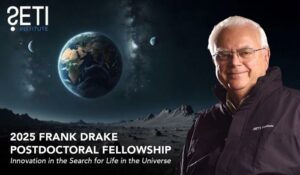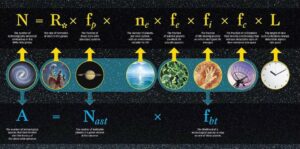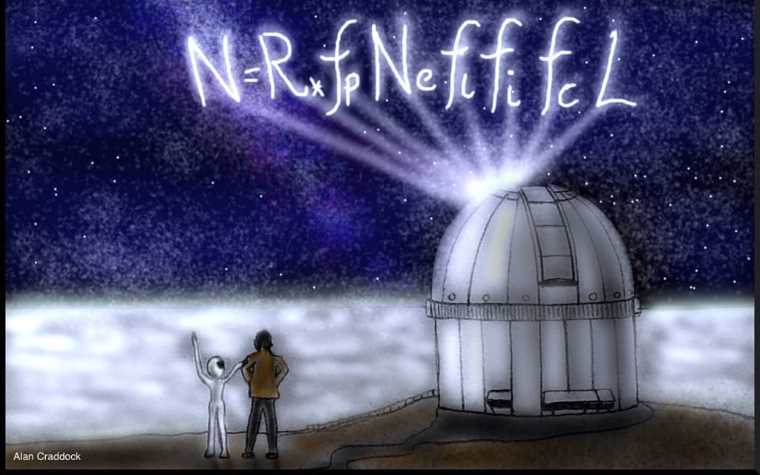The SETI Institute has announced it is now accepting applications for the 2025 Frank Drake Postdoctoral Fellowship, named after the 20th-century astrophysicist who first developed a formula to quantify the number of civilizations in the universe capable of radio communication called the Drake Equation.
According to the Institute, the new fellowship will allow early-career scientists to “make impactful contributions” across a range of scientific disciplines that support “groundbreaking research in the search for life in the universe.” These disciplines include traditional fields of study like astronomy, geological sciences, and astrophysics but also incorporate more nascent areas of inquiry such as astrobiology, biosignature detection, and technosignature detection.


SETI and the Drake Equation
First founded in 1984 by Tom Pierson, a former grants administrator at San Francisco State University, and astronomer Jill Tarter, the SETI Institute has grown into an organization boasting over 100 partner scientists across numerous disciplines. According to the organization’s website, these various scientific disciplines added to the Institute’s portfolio are “all unified by their relevance to the search for, and understanding of, life beyond Earth.”
Although many may associate the forty-year-old organization with Jodie Foster’s character in the 1990s movie Contact (a character based on SETI Institute co-founder Jill Tarter), the SETI Institute has evolved into a hybrid organization that funds basic science like the Frank Drake Postdoctoral Fellowship while continuing to expand its search for signs of life in the cosmos.
In 2022, the organization kicked off an initiative called COSMIC SETI (the Commensal Open-Source Multimode Interferometer Cluster Search for Extraterrestrial Intelligence), which leverages the scanning power of the 27 independent radio telescopes that make up the National Science Foundation’s Very Large Array (VLA) to look for technosignatures coming from advanced civilizations.
Bringing Frank Drake’s Equation to Life
When the Drake Equation was first presented in the 1960s, it received criticism due to the wide range of variables that were virtually impossible to constrain with current knowledge. While some of the figures have been improved with new information thanks to the advanced tools available to modern astronomers or even approached from an entirely different angle, such as NASA scientists did in 2016, the equation is still considered more of a thought experiment than a true estimate of alien civilization capable of radio communication.


Fortunately, unlike SETI Institute programs that may fail to identify genuinely alien objects or signals, such as the 2024 program that failed to discover signs of a supercivilizations after scanning over 2,800 galaxies, post-doctoral students awarded the Frank Drake Fellowship will have the opportunity to work on core science principles that support the search for life and improve the accuracy of the variable posited by Drake over sixty years ago.
“The successful candidates will further the mission of the SETI Institute: to lead humanity’s quest to understand the origins and prevalence of life and intelligence in the universe and share this knowledge with the world,” the press release explains.
Applications for the 2025 Frank Drake Fellowship opened on October 21st and must be submitted by December 15th, 2024. More details are available here. Fellows will receive a stipend of $85,000 and coverage of other listed expenses.
“The Frank Drake Postdoctoral Fellowship embodies the spirit of discovery that drives the SETI Institute to explore the possibility of life beyond Earth,” said Dr. Nathalie Cabrol, Director of the Carl Sagan Center at the SETI Institute. “This program offers early-career scientists not just an opportunity, but a challenge—to push the frontiers of knowledge and develop innovative pathways in humanity’s search for its place in the universe.”
Christopher Plain is a Science Fiction and Fantasy novelist and Head Science Writer at The Debrief. Follow and connect with him on X, learn about his books at plainfiction.com, or email him directly at christopher@thedebrief.org.

